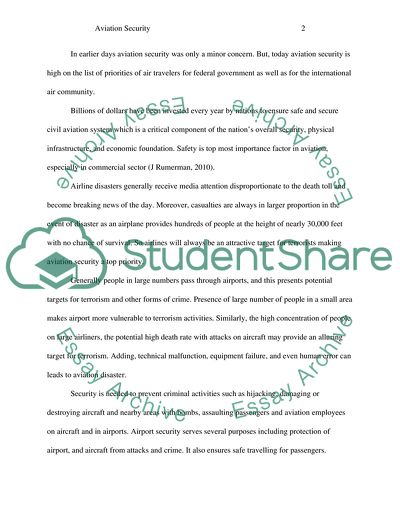Cite this document
(Aviation Security and Its Impact on Airports Case Study, n.d.)
Aviation Security and Its Impact on Airports Case Study. Retrieved from https://studentshare.org/law/1745171-topics-aviation-security-and-its-impact-on-airports-or-the-impact-of-hub-airports-on-a-community-or-city-or-the-future-of-airport-construction-in-the-21st-century
Aviation Security and Its Impact on Airports Case Study. Retrieved from https://studentshare.org/law/1745171-topics-aviation-security-and-its-impact-on-airports-or-the-impact-of-hub-airports-on-a-community-or-city-or-the-future-of-airport-construction-in-the-21st-century
(Aviation Security and Its Impact on Airports Case Study)
Aviation Security and Its Impact on Airports Case Study. https://studentshare.org/law/1745171-topics-aviation-security-and-its-impact-on-airports-or-the-impact-of-hub-airports-on-a-community-or-city-or-the-future-of-airport-construction-in-the-21st-century.
Aviation Security and Its Impact on Airports Case Study. https://studentshare.org/law/1745171-topics-aviation-security-and-its-impact-on-airports-or-the-impact-of-hub-airports-on-a-community-or-city-or-the-future-of-airport-construction-in-the-21st-century.
“Aviation Security and Its Impact on Airports Case Study”, n.d. https://studentshare.org/law/1745171-topics-aviation-security-and-its-impact-on-airports-or-the-impact-of-hub-airports-on-a-community-or-city-or-the-future-of-airport-construction-in-the-21st-century.


